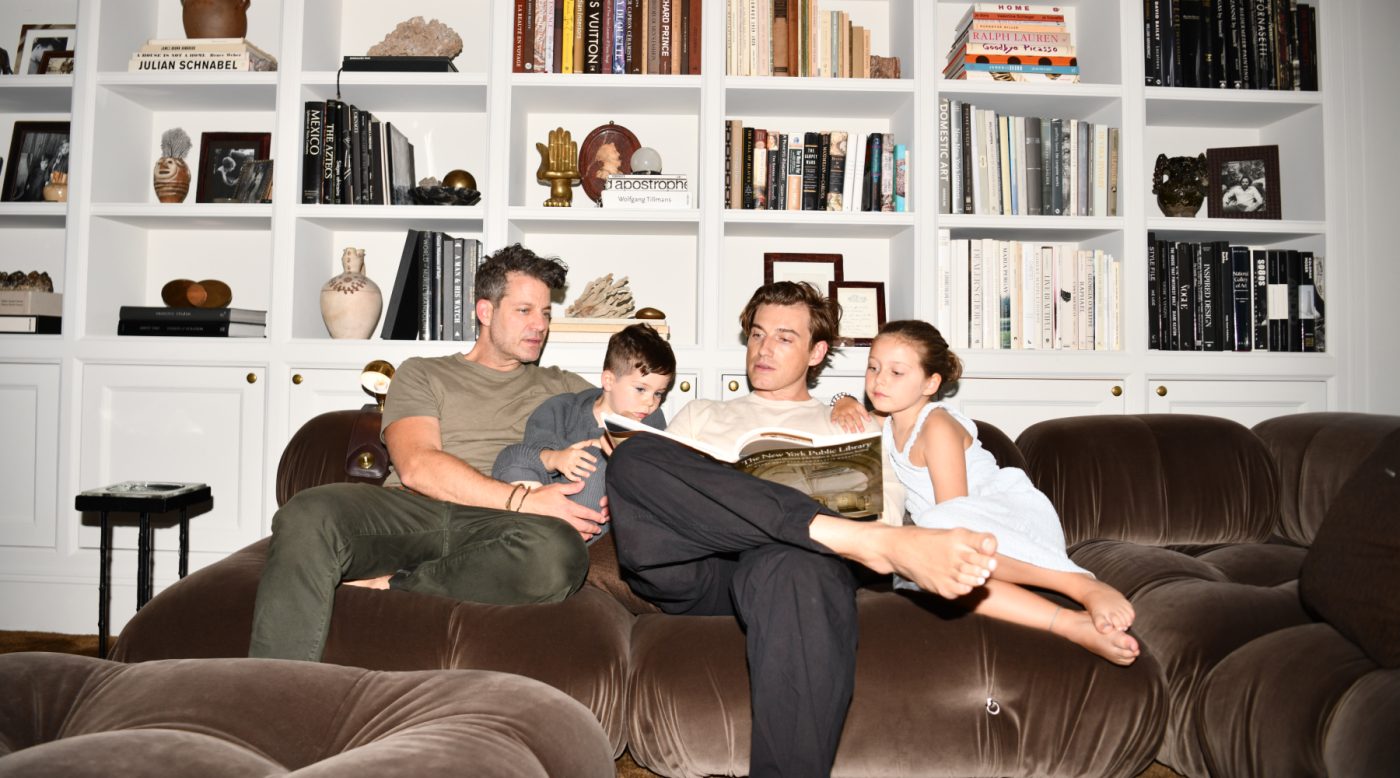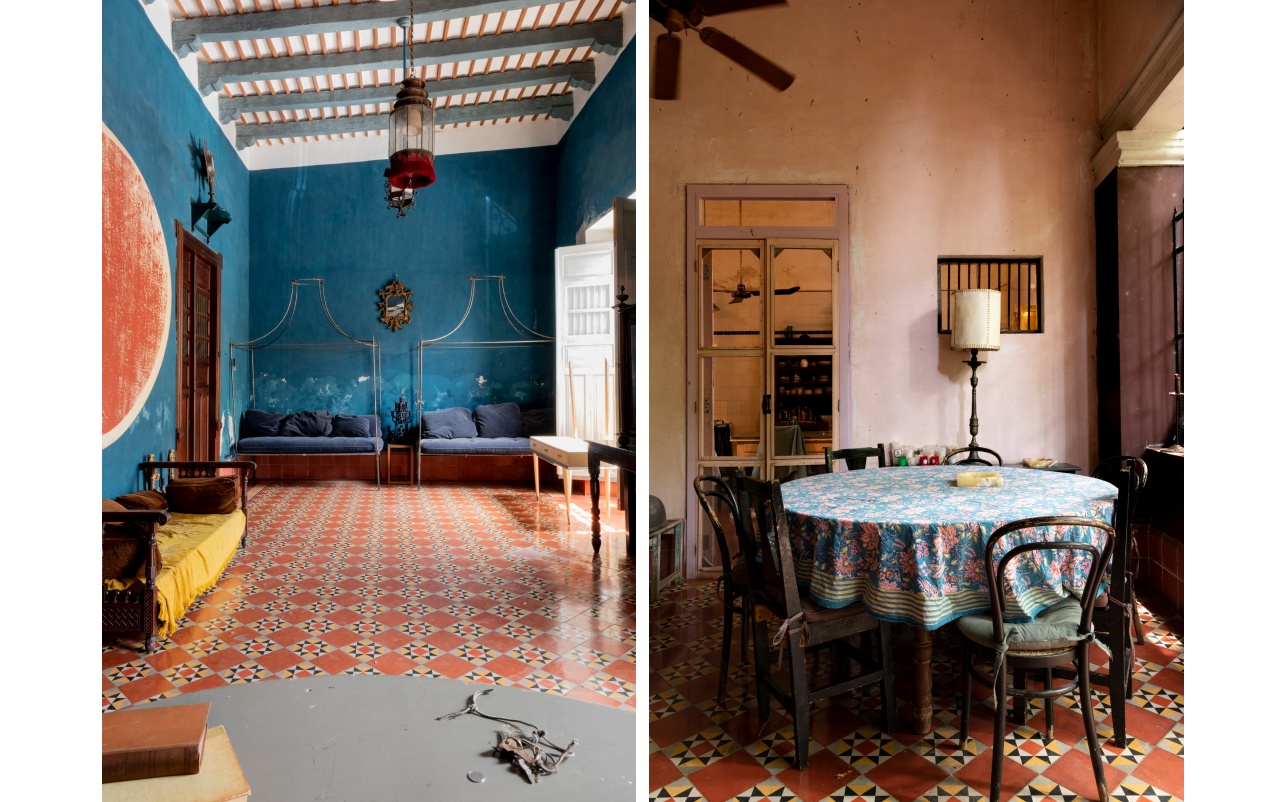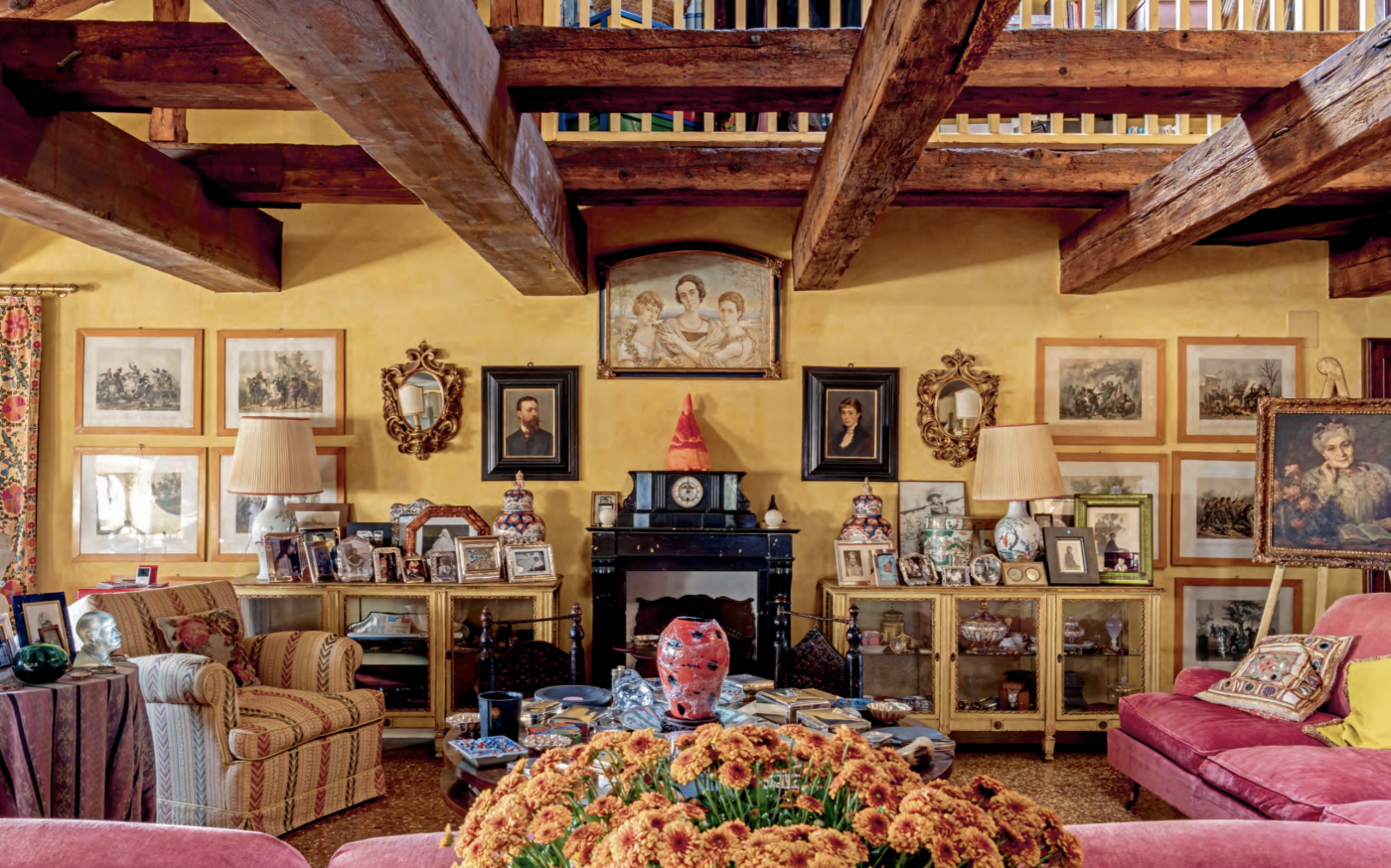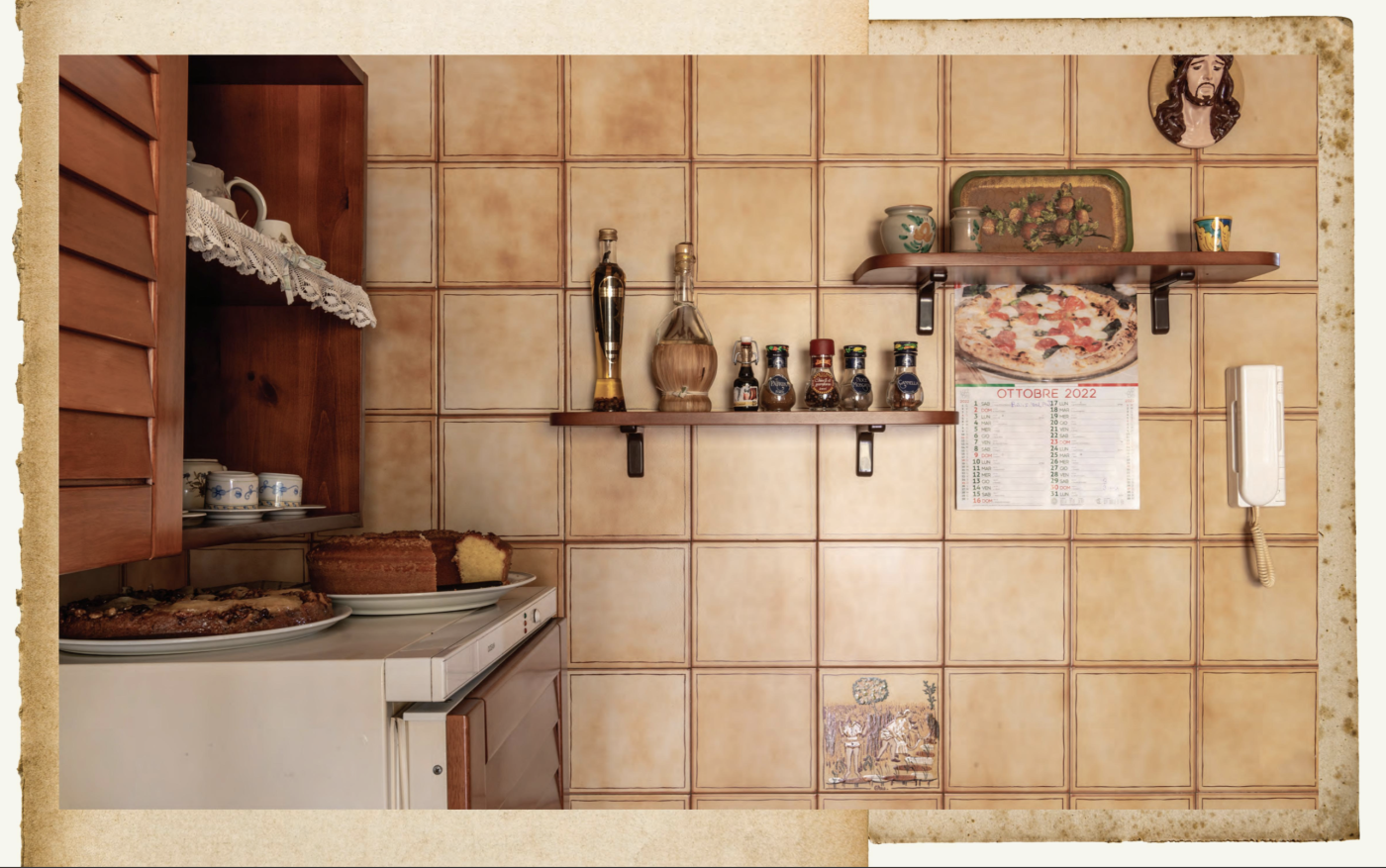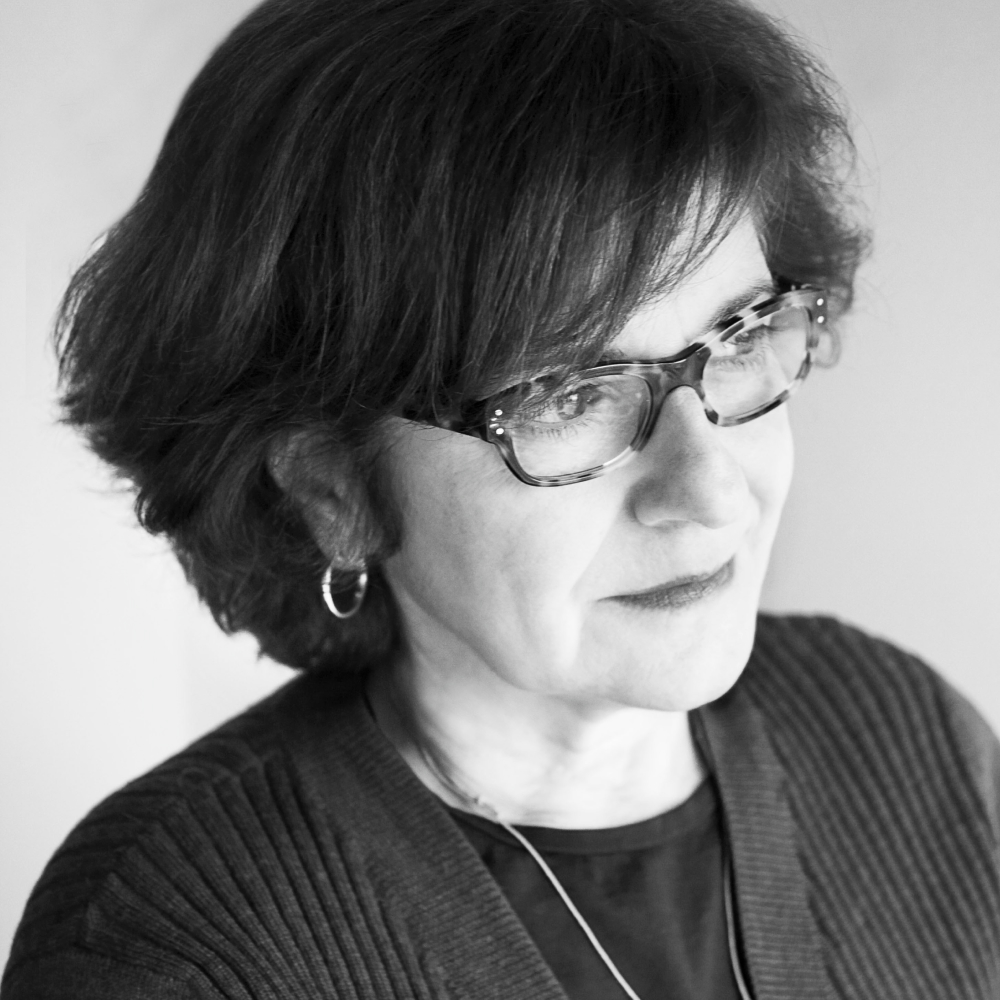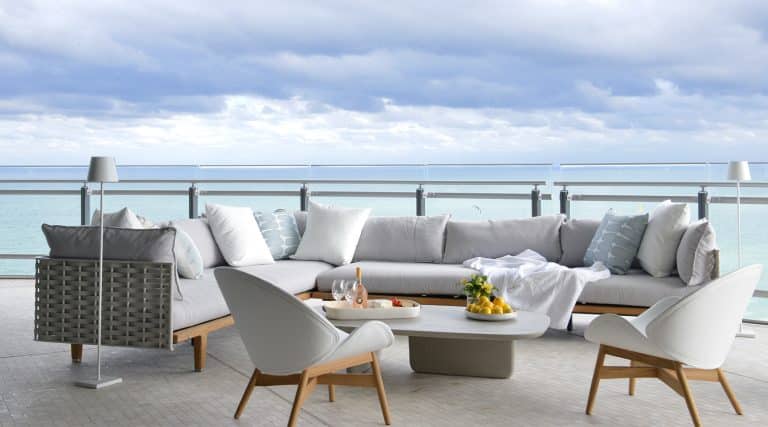February 25, 2024Interior designer and Emmy Award winner Jeremiah Brent — a 1stDibs 50 member who, together with his husband, Nate Berkus, hosts The Nate & Jeremiah Home Project on HGTV and will soon join the cast of Netflix’s Queer Eye — adds author to his list of creative endeavors with the publication of The Space That Keeps You: When Home Becomes a Love Story (Harvest Books). In its 11 elegantly written chapters, each illustrated with evocative photographs and featuring a different house from around the world, Brent explores what it is about a home that makes its occupants want to stay.
Many of the homes he includes are owned by longtime friends — Oprah Winfrey among them — while others, he writes in the book’s introduction, belong to “new connections whose spirit and perspective move me.” What all his subjects share, he explains, is “a relationship to home that is rich with life and story.”
Here, he reveals what he discovered while working on the book, what inspired him to write it in the first place and what he loves about the New York City home where he lives with Berkus and their two young children, new photos of which he shares with Introspective.
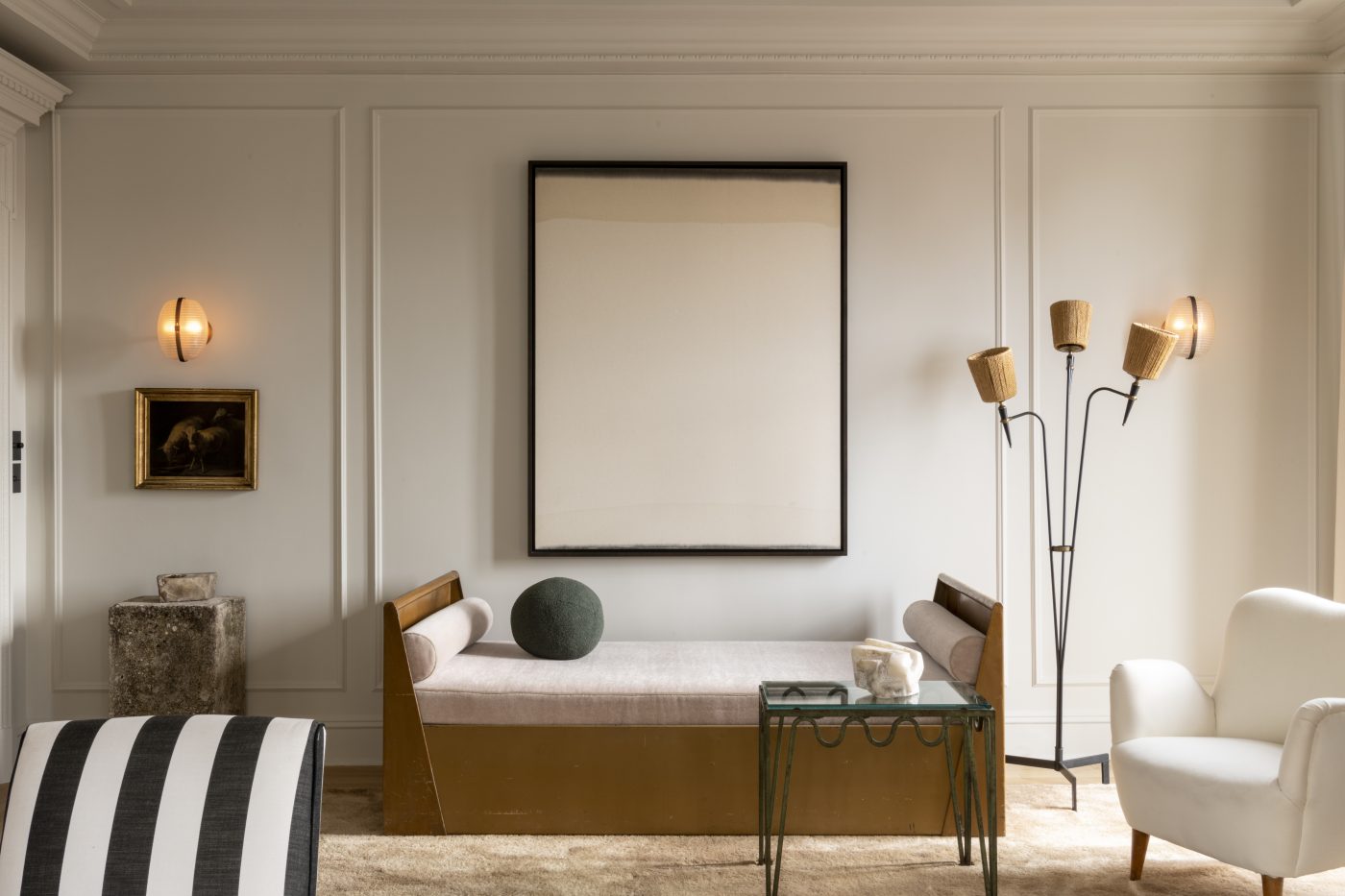
The Space That Keeps You isn’t your typical interior designer book, because it mostly features homes you didn’t decorate. What inspired it?
I’ve always been fascinated by people who live in the same space their whole lives or much of them. And that’s largely because I’ve moved around a lot. In the space of ten years, Nate and I moved ten times. It made me feel like there was something broken about us. I thought by exploring not just the what of a home but the why, I might figure out something about myself. I might figure out what was broken!
Dora and Nino’s apartment in Sicily comes to mind. There are her perfectly pressed doilies and an immaculately organized spice cabinet and her Chanel perfumes arranged just so. But really what has kept them in their humble apartment for thirty-five years is the light. Stories like theirs got me to look again at what beauty really means.
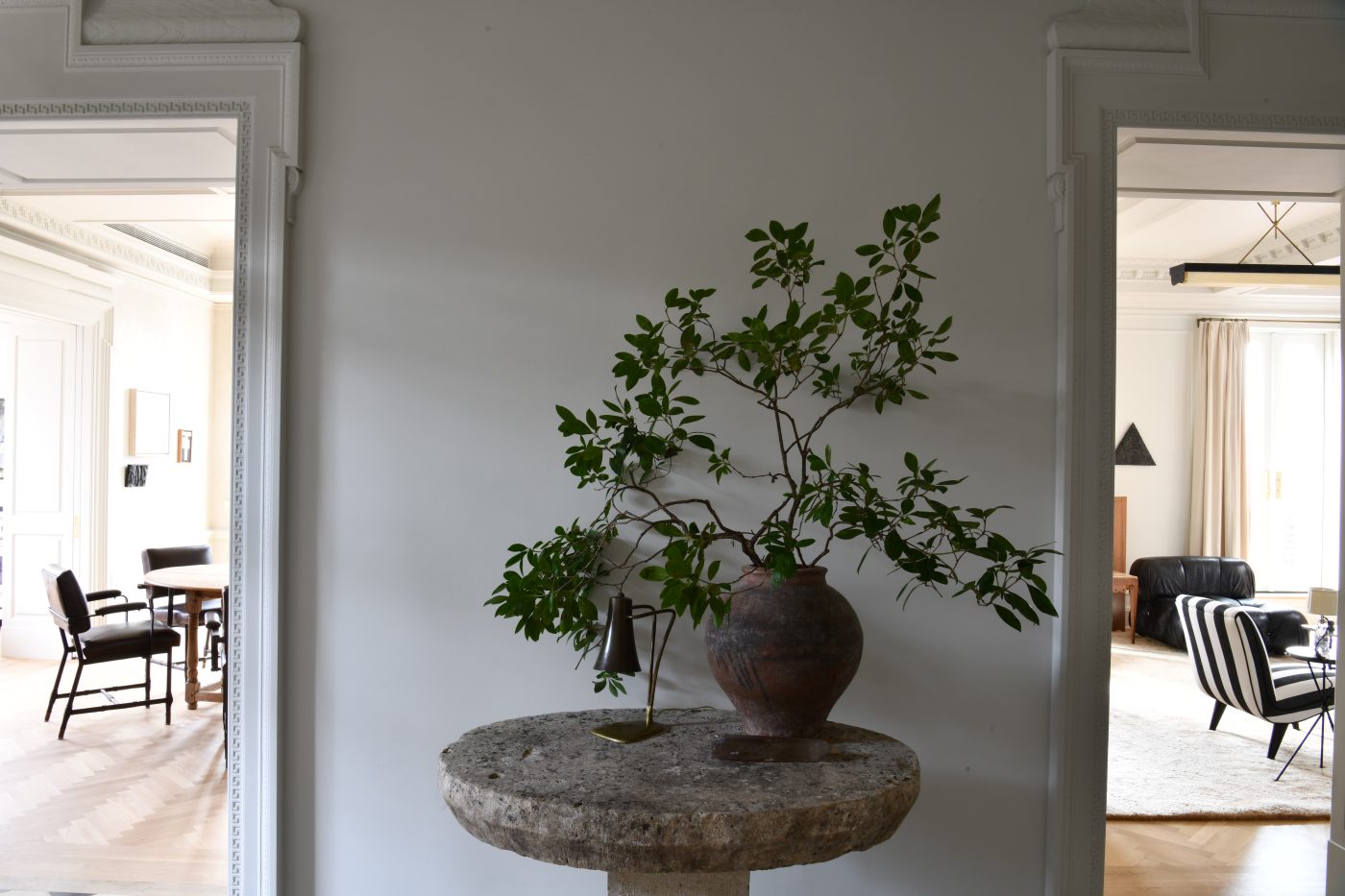
What did you discover about what makes people want to stay put?
The bottom line is that there are so many different ways spaces can “keep you,” in the same way that a novel can have a variety of takeaways, depending on who is reading it and when they are reading it. Every one of the homeowners in the book taught me to look at their lives both through and apart from their material things.
For siblings Dagmar, Cosmas and Degenhart, it is rituals — six-thirty tea time, for example — that honor their deceased parents and that keep them returning to the home, in Mérida, Mexico, that their parents lovingly restored.
Brian and Tracy and their three children never want to leave their Montecito, California, getaway for their primary home, in Los Angeles, despite its being substantially smaller. Tracy says the house is like a hug and that its fewer square feet forge togetherness.
And when I think about Fatima, a choreographer and dancer who has worked with so many greats, including Michael Jackson, Janet Jackson and Pharrell Williams, I am reminded that stillness is an important element in design.
Fatima moved to Ojai from Los Angeles after raising her son in a 14,000-square-foot home she redecorated three times and always filled with visitors and parties. Her life now is filled with quiet in a place where she can watch the orange trees blossom. It’s a metaphor for this next phase of her life.

How did you convince a publisher to take this book on? After all, it doesn’t focus on what would be a sales and marketing department’s dream: you and Nate.
I was really lucky! When I sat down with Harvest, I explained that it was really important to me that the book be full of stories and that the photos were secondary. Can you imagine? I wanted it to look like a journal with collages. The photographs are designed on the pages to reflect the way the homeowners described living in their homes.
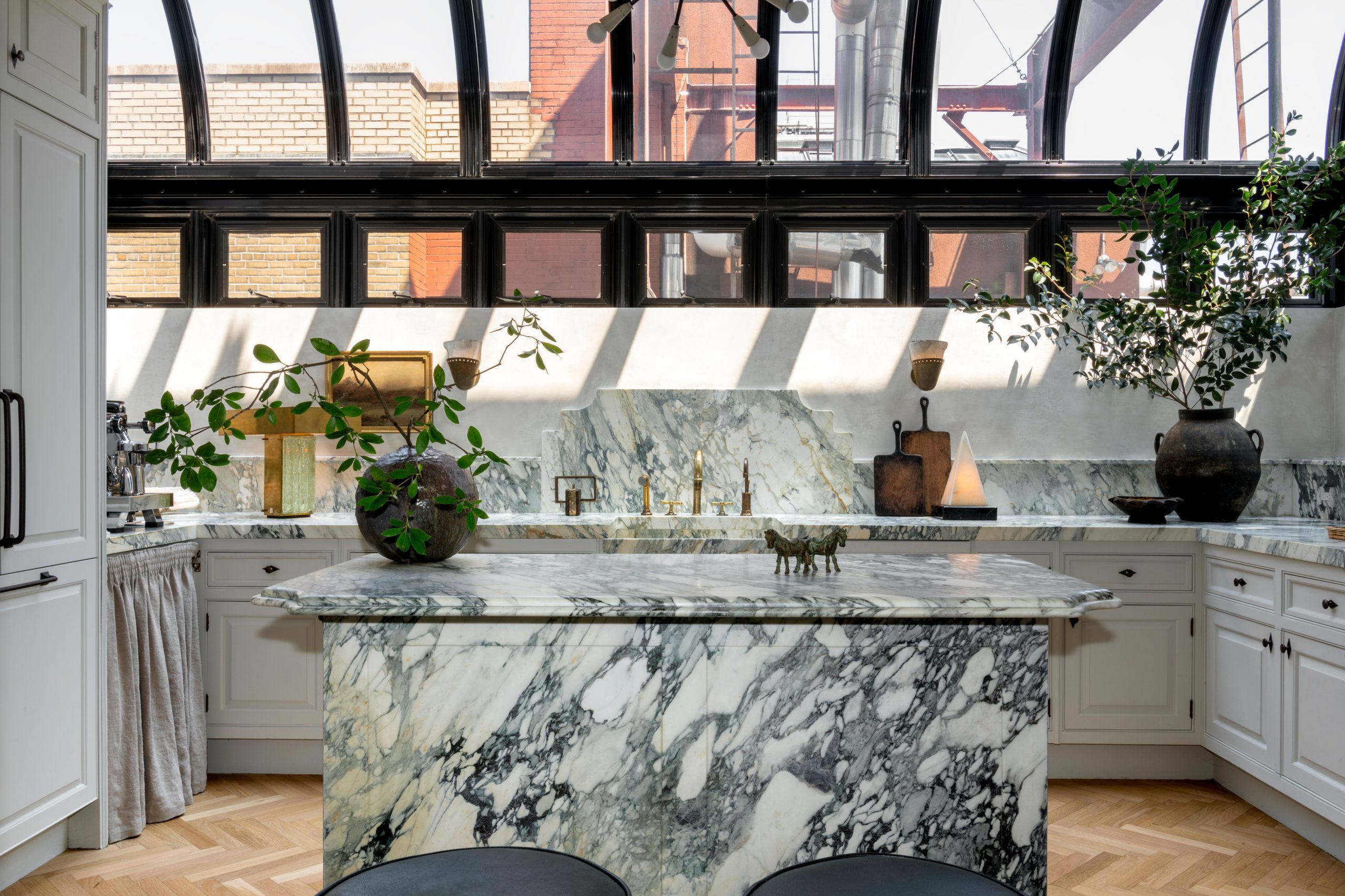
Was it ever tempting to scrap the whole idea and just make a book filled with images?
I never thought to do that, because I just wasn’t interested in a book like that. But the truth is, I had no idea if I was going to gain any deeper understanding as to what makes people stay. That, and I’m not a writer! With all due respect to my publisher, I didn’t write the book to sell books. I wrote it to try to understand what I wasn’t seeing. What I was missing. I fell in love with the sense of discovery as I went along. And I never thought about giving up on the concept. I was too invested in it.
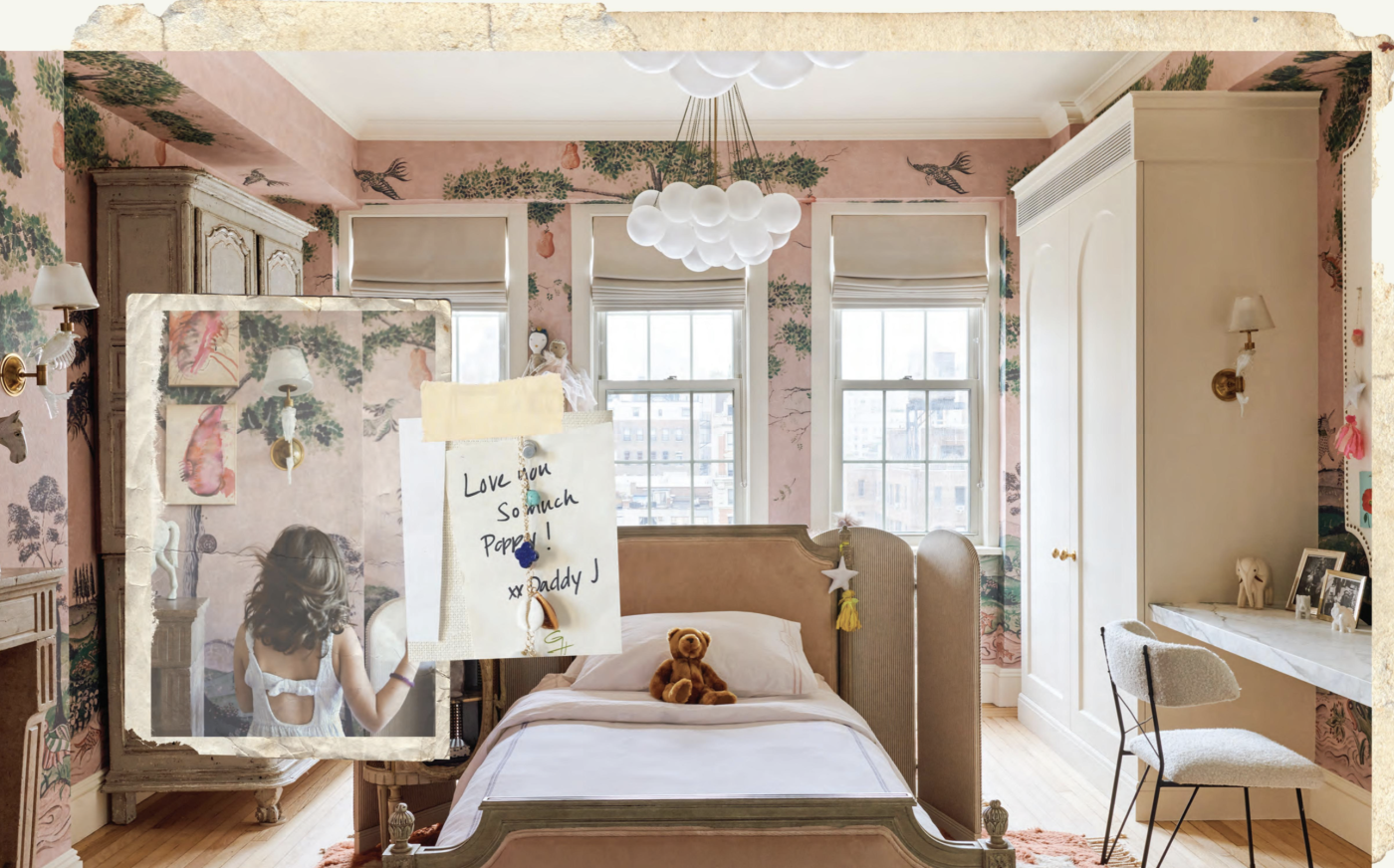
Writing a book is not for the faint of heart. How does a guy with a husband, two young kids and a thriving business sit down and write a book?
It was terrifying. It felt like I was wearing my skin inside out! I learned that I had to figure out a rhythm, and once I did, I was productive. I got up at four a.m. every morning, when my responsibilities were minimal. It was just me, myself and my coffee. And I started interviewing the homeowners during COVID, which was a lovely way to spend that precarious time. I found the interviews to be fascinating. It always seemed like the very end of the conversation — that time when you’re wrapping up and not asking any formal questions — was when some of the best bits came out.
What do you think of this quote from Dorothy Draper? “Birds are so much wiser than we! A robin builds a nest for robins. A seagull builds a nest for seagulls. They don’t copy each other — or build themselves nests as described in The Birds’ Decorating Magazine.”
Ha! I love this. Brilliant. If everyone could grasp the beauty of personalization and understand the irrelevance of trends, they’d feel much more at peace in their home. I’m only interested in design that tells someone’s story.
After writing The Space That Keeps You, I am looking at my home and space differently. Those dings on the baseboards? My kids made them, and they remind me that we are a family. I want my home to reflect not what it is supposed to be but what it needs to be. A nest for us.
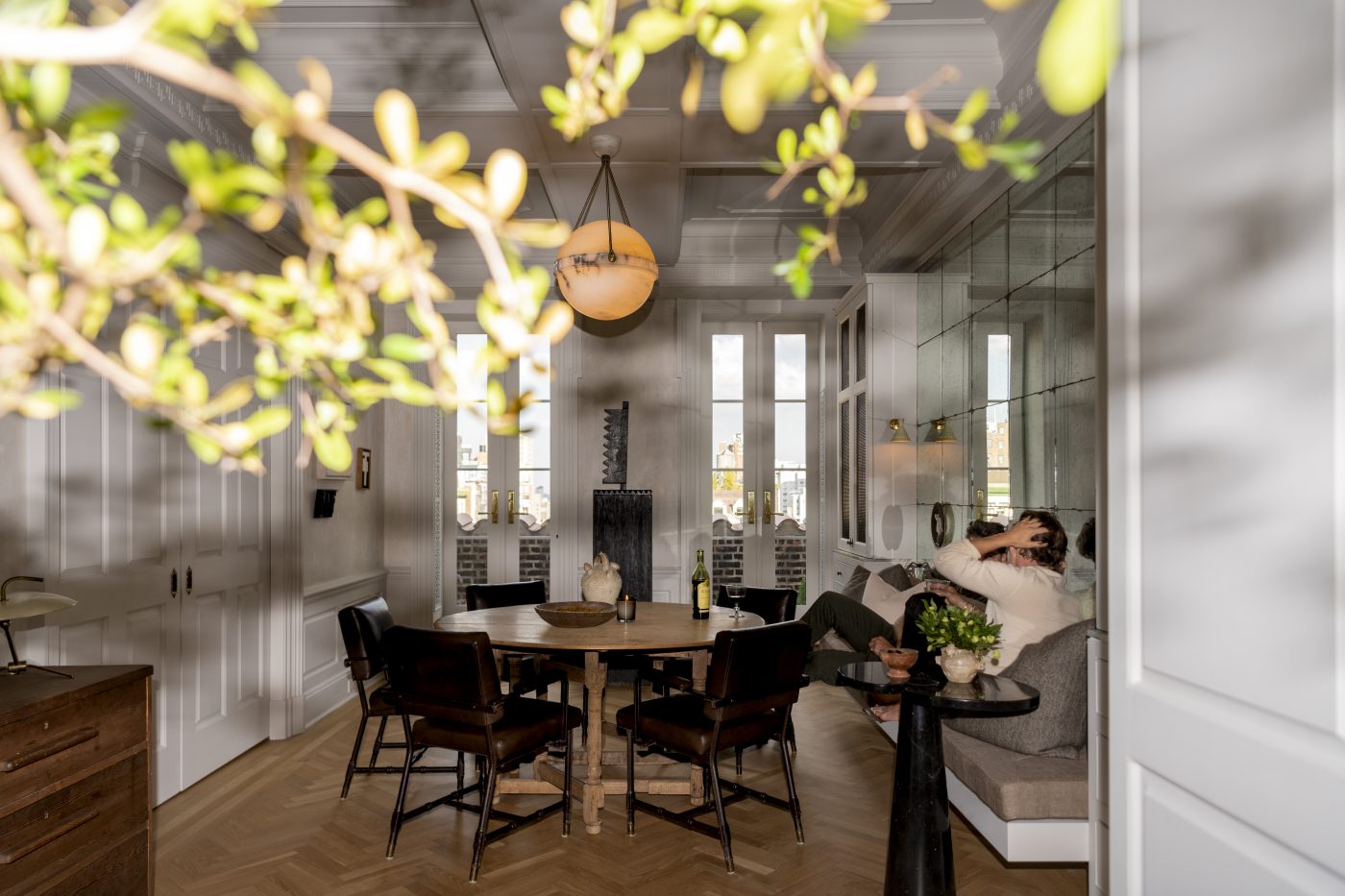
Tell us more about that home.
Our home on Fifth Avenue — where Nate and I now live with our daughter Poppy, eight, and son, Oskar, five — is like getting a second chance at our first love. We first lived in, and renovated, this same place about ten years ago.
Back then, it was the place where we dreamed of a life that could be bigger than the two of us. It was where we waited for Poppy to arrive. A decade later and a move to L.A. in between, it is ours again.
The other day, I was sitting at the kitchen island with the kids, remembering how I dreamed of this very scenario when it was just Nate and I. I dreamed of all the memories that would fill this space.
Creatively, our situation is unique, because Nate and I have landed on a joint design aesthetic. But lately, it is far less about the things in our home than it is the way we curate them. We recently pushed the dining table from the center of the room to create a banquette against one wall, then filled the space it created with two big arm chairs and a table.
That’s probably not how it is supposed to be, but that is what the room needs to be for our family. And it is now intrinsically more beautiful. You have to break the rules in order to make a house uniquely yours.
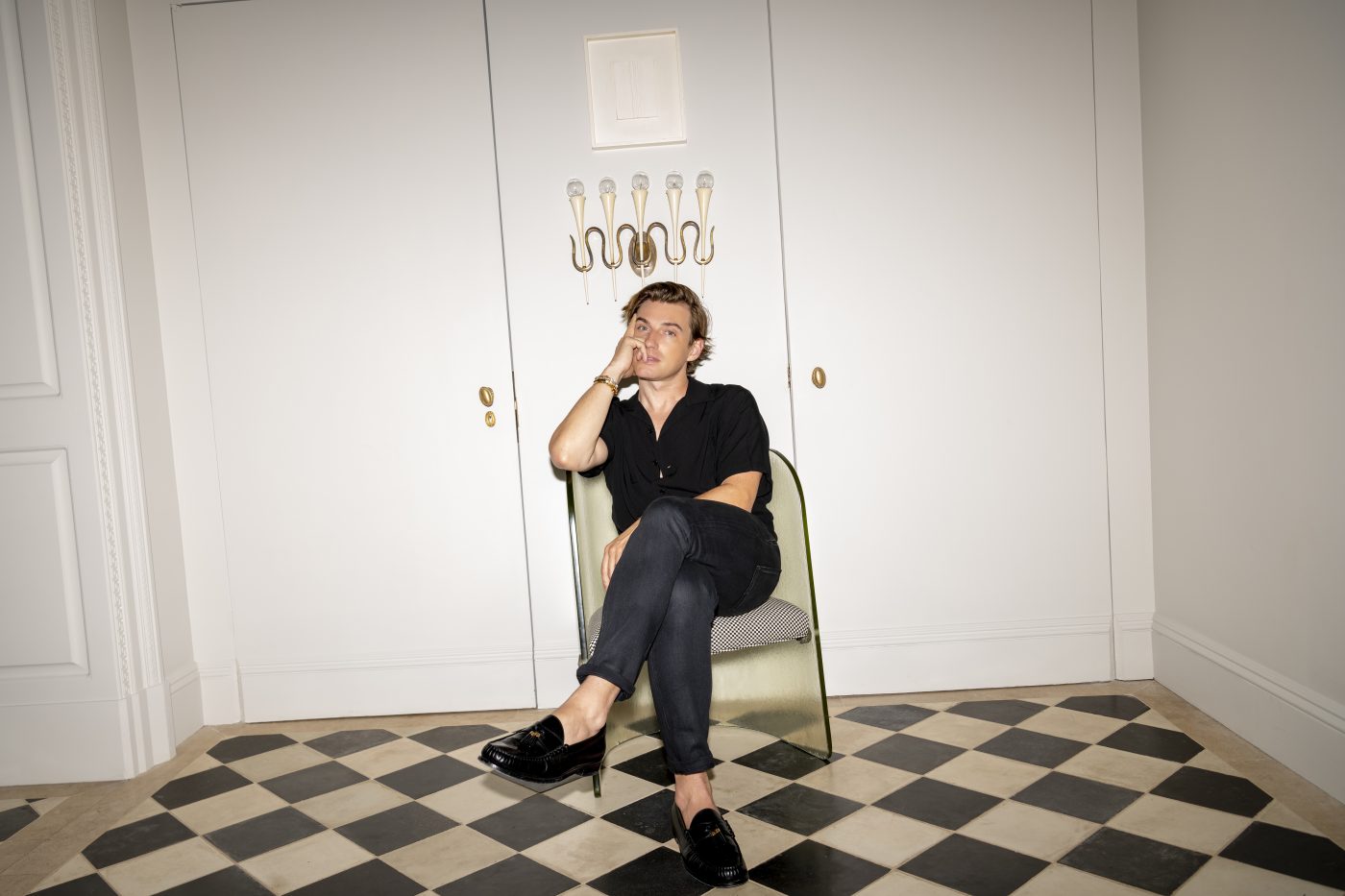
What is your hope for this book? What kind of impact do you want it to have on readers?
In the end, I realize that we need to shift the narrative around what makes for a beautiful home. I know that I am swimming upstream a bit, that this is not an easy sell. But we have a tendency to focus strictly on the material things that make up a space, when there is so much more to the story. I want to walk into a space and immediately have a bead on who lives in it. More often than not, that comes from its ineffable qualities and very personal objects and pieces, not the trendy sofa or the lamp du jour or the expected rug.
I hope that anyone who reads the book learns to look at spaces a bit differently, to understand how the people in them and their stories and their very personal objects and collections inform the beauty.
Writing this book certainly changed me as a creative person. My design practice now is primarily rooted in story. The first phase of my process is getting to know people, discovering where they are in their lives and where they want to go.
